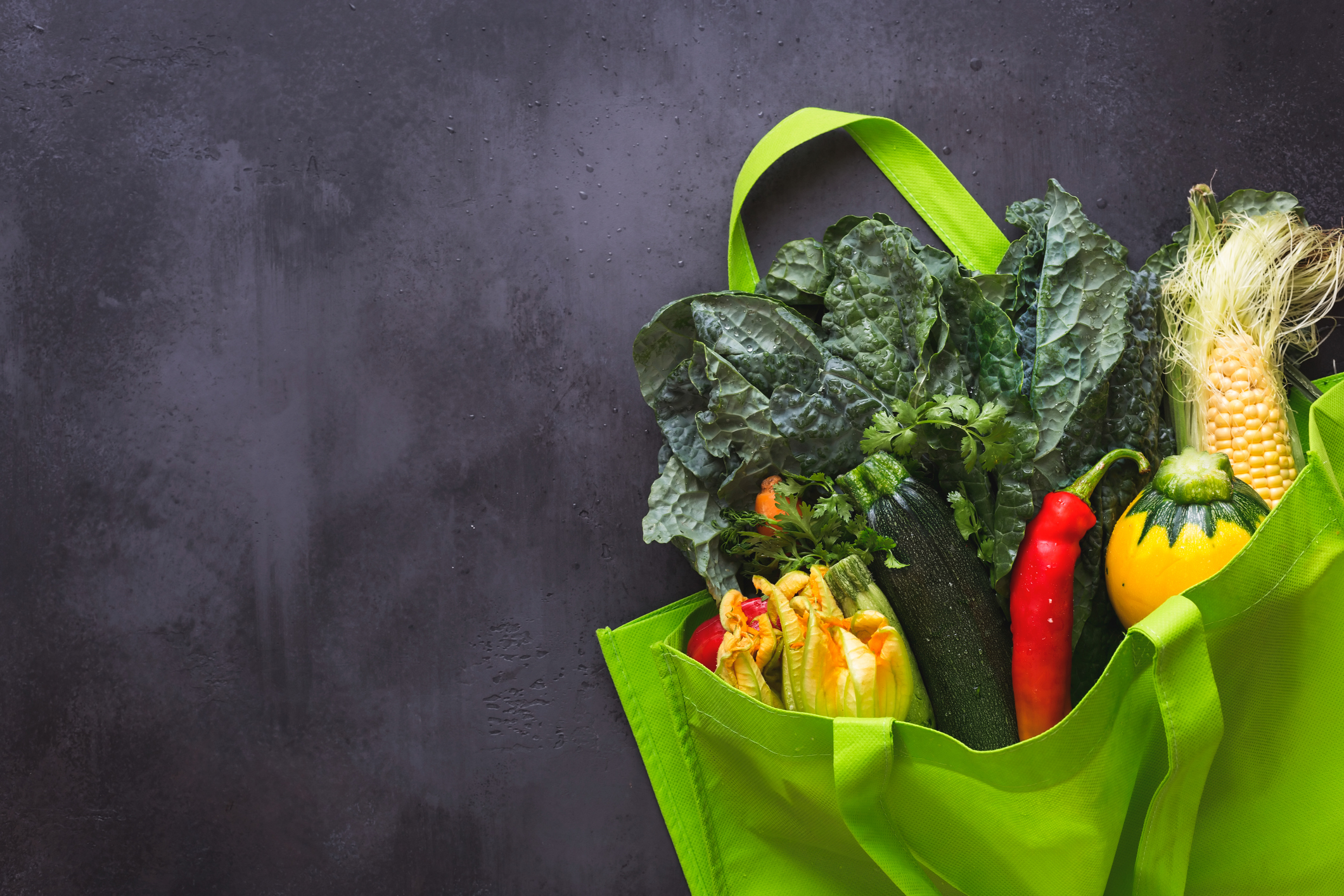

It’s no secret that including more vegetables in your diet is good for your health in innumerable ways.
Loads of research have shown that people who eat more leafy greens live longer and that vegetables lower stroke risk and promote healthier hearts.
But not all vegetables are created equal…
In fact, their taste can give people with type 2 diabetes a big clue as to which vegetables they should choose to better control their metabolism and blood sugar levels.
Studying the effects of different veggies
Last spring, a group of Danish researchers published a study showing that bitter, strong-tasting vegetables, rather than mild, sweet-tasting vegetables, are the better health choice for persons with type 2 diabetes.
A total of 92 people with type 2 diabetes were randomly assigned to follow one of three daily diets for a period of twelve weeks:
- 500g of strong, bitter-tasting vegetable
- 500g of mild, sweet-tasting vegetables
- a control group, who ate a normal diet consisting of 120g mild, sweet-tasting vegetables daily
Both before and after the twelve weeks, participants took an oral glucose tolerance test, a standard measure of the body’s ability to use glucose.
Fasting blood samples were also used to determine each person’s plasma glucose and insulin concentrations both before and after the twelve weeks.
Finally, each person’s body composition (in terms of fat) and blood pressure were measured.
Why bitter is better
At the end of the twelve weeks, results showed that bitter-tasting vegetables had a greater positive impact on insulin sensitivity, body fat mass and blood pressure.
And, perhaps most importantly for diabetics, bitter veggies improved glycemic control more than milder, sweeter vegetables did.
This means that eating bitter-tasting vegetables helped diabetics maintain optimal blood sugar levels, which is crucial to avoiding infections and kidney problems.
These results confirm the findings of a 2017 study that showed sulforaphane, a phytochemical in broccoli and other cruciferous vegetables, lowered fasting blood sugar levels in both animal and human subjects.
How to start eating “bitter”
Just to be clear, those “sweet-tasting” vegetables don’t all taste sweet. Rather, they are milder in taste compared to others. These veggies include carrots, squash and green beans.
Strong, bitter-tasting vegetables come largely from the Brassica family, better known as cruciferous vegetables. They include:
- Broccoli
- Kale
- Brussels sprouts
- Cabbage
- Arugula
If you don’t want to eat these vegetables raw, then a light stir-fry is the best choice. Boiling or even steaming for too long can rob them of their nutritional value, but when prepared this way, especially when it comes to broccoli, you can amplify the sulforaphane content.
Try throwing some broccoli and other veggies in a pan with a splash of olive oil and chopped garlic, stirring constantly as they cook. Let them soften up just enough to be not raw any longer, but still retain their crunch.
Or, here’s one of my favorites: place a handful of washed kale leaves in a pan coated with olive oil and chopped garlic. Stir-fry it on low heat, and when it’s warm, throw in a large spoonful of crunchy peanut butter and allow it to melt.
You, too, can get creative with these “bitter” veggies and make them a regular part of your diet. Whether you’re diabetic or not, they can be health-savers.
Sources:
Bitter and Strong-Tasting Vegetables Associated with Greater Cardiometabolic Benefits than Mild and Sweet-Tasting Vegetables — Natural Health Research Institute
Strong and Bitter Vegetables from Traditional Cultivars and Cropping Methods Improve the Health Status of Type 2 Diabetics: a Randomized Control Trial — Nutrients
Sulforaphane in broccoli sprouts found to improve glucose levels in diabetics — Medical Xpress
